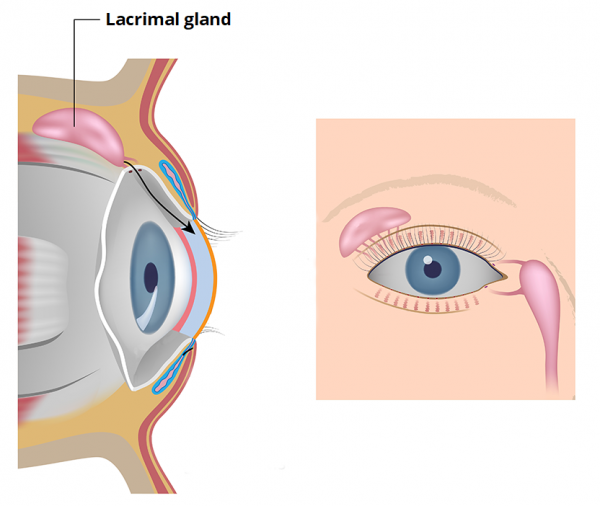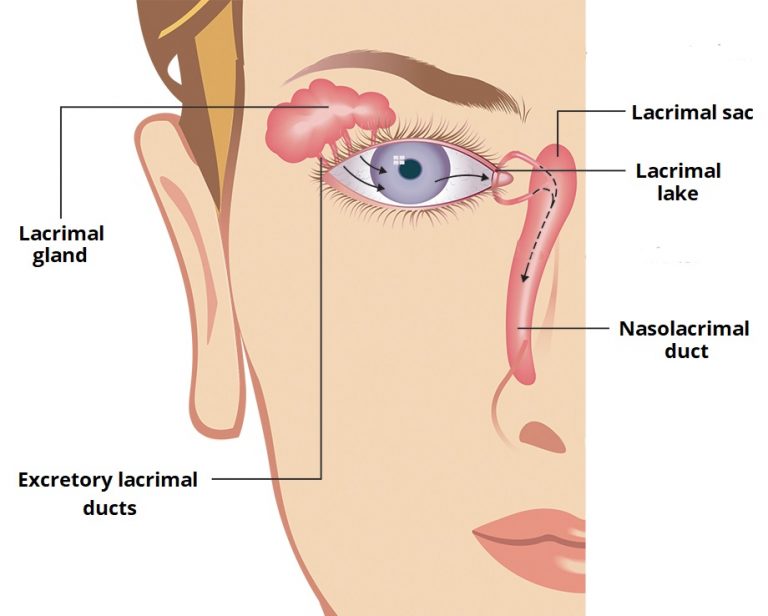Do you do punctal occlusion after instillation of eyedrops? It’s recommended.
Punctal occlusion is simply, with your eyes closed, pressing (reasonably gently) with your index fingers on the inside corners of your eyes (for up to five minutes). You’re aiming to block the tear ducts.
You are not squeezing your nose bridge. You are not touching your eyes.
Its purpose is to prevent eyedrop residue circulating through the rest of the body via the tear drainage system (aka nasolacrimal duct). This helps prevent or minimize systemic side effects from eyedrops. Also, the punctal occlusion helps the absorption of the eyedrop and can result in lower intraocular pressure (IOP) than you would otherwise get if not practising punctal occlusion. The best practice recommended time to do punctal occlusion for is five minutes.
The article linked to below includes the statement:
“Following the ocular instillation of drugs prepared in solutions, suspensions, and ointments, the pharmacologically active chemicals within these vehicles are pumped from the periocular area by the eyelids down the nasolacrimal outflow paths to the nasal mucosa. The vascular nasal mucosa can readily absorb the drugs delivered in these vehicles, resulting in measurable systemic blood levels, which can be associated with significant systemic toxicity. In other words, blinking following eye drop or ointment instillation within the eye discourages the intraocular penetration of a drug by minimizing ocular contact time and maximizes the systemic absorption of a drug as it is quickly and efficiently pumped into the nasolacrimal system and ultimately exposed to the vascular nasal mucosa. This effectively minimizes therapeutic effect and maximizes systemic toxicity of topically applied medications.”
Transactions of the American Ophthalmological Society 2008 Dec; 106: 138–148. The Importance of Eyelid Closure and Nasolacrimal Occlusion Following the Ocular Instillation of Topical Glaucoma Medications, and the Need for the Universal Inclusion of One of these Techniques in All Patient Treatments and Clinical Studies
There are no truly good videos of punctal occlusion technique, but these two might be of some help:
These images arae helpful too. Please see a more detailed description at: https://teachmeanatomy.info/head/organs/eye/lacrimal-gland/




What a great reply! That 2008 article makes me shake my head in disbelief and makes me so grateful for this community!
In the following rant, am I missing something? Or is this nuts?
The disbelief is that with all the ophthalmologists I've seen, NOBODY has done any training on occlusion, much less to make sure I understand that IT AFFECTS WHETHER THE MEDICINE GETS INTO THE EYE. Yet here we have it, 2008:
"the literature suggests that [doing this] improves ... penetration of [drops] and discourage systemic absorption."
And then, exploding-head BOOM: "The FDA and NIH discourage these techniques in studies of ... medications." WHAT??
(Is this still true in 2021??)
And this paper has only been cited 36 times, according to Google Scholar. Good heavens!
(Mind you, I hate the news that if I want my drops to work, it's going to take me five minutes PER DROP. I say this because I'm advocating for something I DON'T LIKE, because the SCIENCE SAYS SO and I'm science driven.) (And I really can't believe that the profession isn't all over this with teaching aids and reminders.)